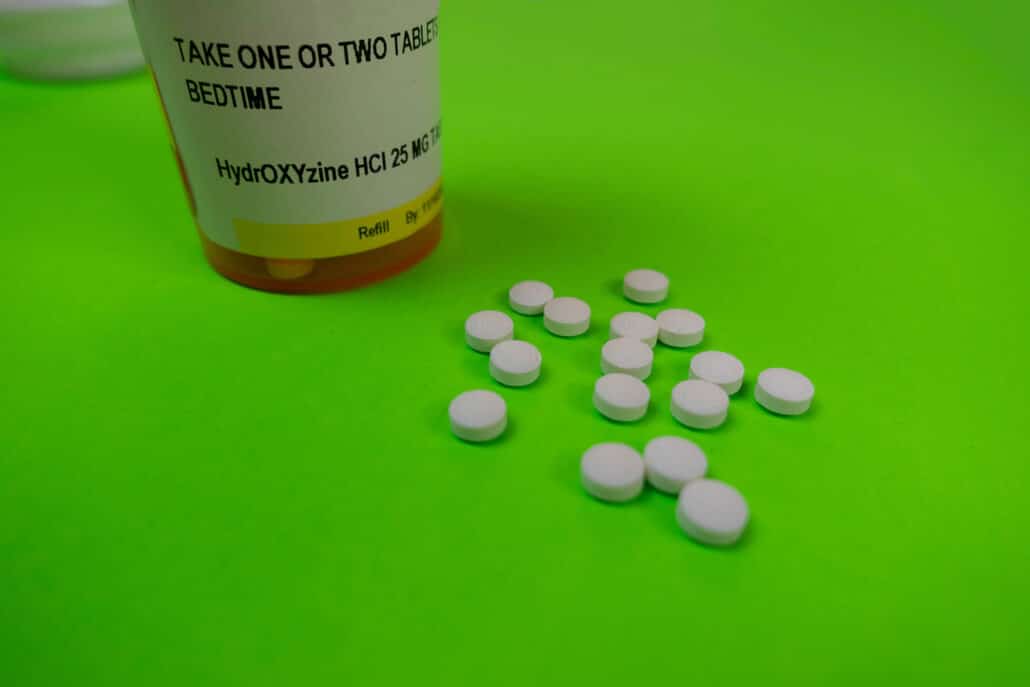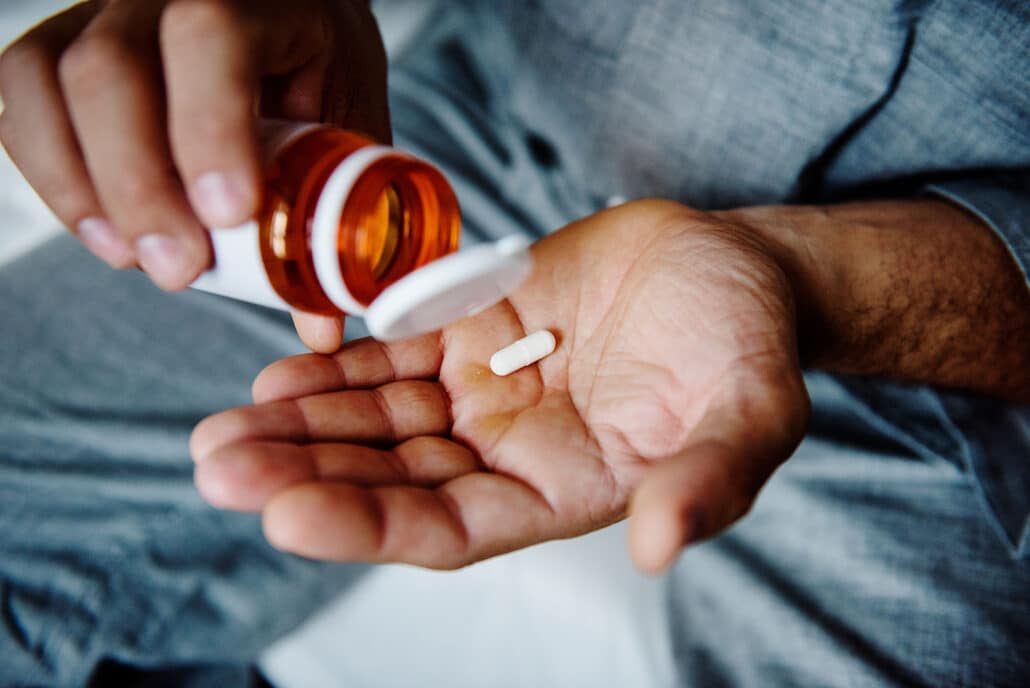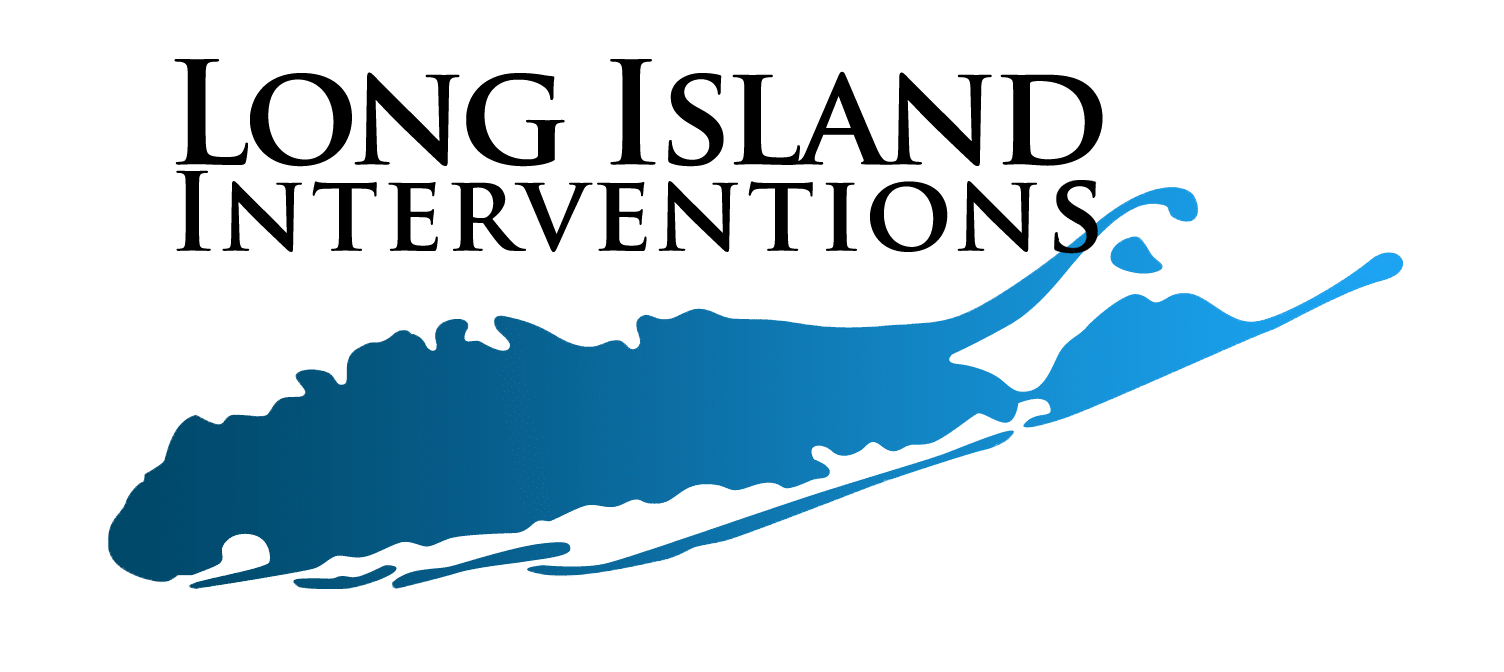Hydroxyzine is the generic name for an antihistamine that’s often prescribed for anxiety in addition to allergies. This isn’t a controlled medication, and it’s not usually considered to be addictive. However, because it has a sedating effect, people do abuse it. Those who have taken it for a while can experience withdrawal symptoms when they try to stop using it, even if they weren’t abusing it. Different factors, including dosage size, can make the withdrawal symptoms worse. Stopping the use of hydroxyzine requires care and time along with support from healthcare professionals. Long Island Interventions offers the support you need if you plan to stop taking hydroxyzine.
Table of Contents
- 1 What Is Hydroxyzine?
- 2 Understanding Hydroxyzine Withdrawal
- 3 Common Hydroxyzine Withdrawal Symptoms
- 4 The Importance of Tapering off Hydroxyzine Safely
- 5 Potential Side Effects of Hydroxyzine Use and Withdrawal
- 6 The Role of Professional Detox and Treatment
- 7 Managing Anxiety and Sleep After Discontinuing Hydroxyzine
- 8 When to Seek Help for Hydroxyzine Withdrawal
What Is Hydroxyzine?
Hydroxyzine is an antihistamine used to treat allergies and allergic reactions. It can make you drowsy, and because it has that calming effect, it’s also used as a treatment for anxiety and insomnia. It used to be available in non-generic forms called Atarax and Vistaril, but those were discontinued. The generic is the only type used in the United States now. It’s available as a tablet or in injection form.

Hydroxyzine isn’t like other “addictive” medications (e.g., many prescription painkillers and anxiolytics). It doesn’t appear to trigger your body to release endorphins like these other drugs; instead, it appears to work by blocking histamine production and increasing serotonin. However, two issues can result in a condition that essentially mimics addiction. First, your body can become so used to having the hydroxyzine in it that stopping the medication creates a disruption of sorts. The longer you take hydroxyzine, and the larger your dose, the more likely you are to experience this. Second, the calming effect from hydroxyzine can feel so good that some people begin to abuse it and take more than their prescribed dosage. That exacerbates the issue with taking larger doses for longer periods of time.
So, while you don’t experience the same chemical addiction process while taking the drug, stopping the drug can lead to withdrawal symptoms that could be just as difficult to handle on your own.
Understanding Hydroxyzine Withdrawal
When your body has become used to getting these regular benefits from blocking histamine and increasing serotonin, any reduction in the amount of hydroxyzine you take can disrupt the pattern that your body expects. You can begin to experience symptoms that can only be described as withdrawal, despite not having what most medical professionals would consider an addiction.
Withdrawal symptoms from stopping hydroxyzine vary in severity, and it’s difficult to predict what you might go through. The length of time that you’ve taken it, the dosage you’ve taken, your general state of health, the reason you were taking it and the speed at which you stop taking it can all play a role in how bad the withdrawal might seem. But again, it’s very personal. Someone who took moderate doses for a few months could have a harder time than someone who took large doses for years — or vice versa. The withdrawal symptoms could be very simple and calm down after a short time for both, too.
Tapering off hydroxyzine use does seem to make the withdrawal symptoms a little easier to handle. Again, there are so many factors that influence what you’d experience that there’s no guarantee. But if you can taper off usage instead of quitting cold turkey, you do have a better chance of having milder symptoms and a better outcome. A sudden halt to all hydroxyzine usage is more likely to create severe symptoms.
Common Hydroxyzine Withdrawal Symptoms
The withdrawal symptoms take two forms: physical and psychological. The physical symptoms include dizziness, nausea and vomiting, headaches, increased insomnia, aches, chills and fatigue. The psychological symptoms include increased anxiety, panic attacks and depression.
As with the severity, it’s difficult to predict how long the symptoms will last. Sometimes they go away rather quickly, but they can also last a long time, especially if you were taking hydroxyzine for several months or longer. This is one reason why having medical professionals support you as you taper off hydroxyzine usage is so beneficial. If the symptoms turn out to be severe and/or long-lasting, you have a support network ready to guide you.

The Importance of Tapering off Hydroxyzine Safely
What exactly does “tapering off” mean? It means reducing the dosage you take and the frequency at which you take the dosages in a controlled and slow manner. The dosage you take gets progressively smaller and smaller over time, and you may take the dosages less and less frequently. Eventually, you reach the point where you’re no longer taking any hydroxyzine. This is the opposite of quitting cold turkey, in which you suddenly stop all doses.
Tapering off is necessary when you’re dealing with hydroxyzine because you want your body to gradually get used to having less and less of the medication present. This can still lead to some withdrawal symptoms, but the effects are much more gentle. Quitting cold turkey can be a shock to your system because all of a sudden, that hydroxyzine is no longer present. Your body isn’t getting the reduction in histamine and increase in serotonin it expects, and the results can be severe withdrawal symptoms. But if you taper off, then your body still gets some of that antihistamine/pro-serotonin action while learning to adjust to getting lower and lower amounts of hydroxyzine.
It’s essential that you work with a medical professional when tapering off. While the basic process involves reducing the dosage and possibly the frequency with which you take it, the exact dosage sizes that work best for you may vary. Your doctor or another medical professional who handles medication discontinuation need to be involved in the process.
Having someone monitor your progress, be it your doctor or another type of healthcare manager, helps you adjust your plan as needed. Maybe your withdrawal symptoms are so severe that the tapering-off process needs to be readjusted; only the medical professionals helping you can determine a more appropriate speed for reducing hydroxyzine use.
A hydroxyzine tapering schedule depends on the current dose, duration of use, individual sensitivity to withdrawal, and medical history. It’s always best to consult a healthcare provider before tapering any medication. However, a gradual reduction plan can help minimize withdrawal symptoms such as rebound anxiety, insomnia, or itching.
General Guidelines for Tapering Hydroxyzine
- Reduce the dose gradually to allow the body to adjust.
- Monitor symptoms and adjust taper speed if needed.
- Use the lowest effective dose before discontinuing completely.
- If used as-needed, tapering may not be necessary (but reducing frequency can help).
Example Tapering Schedules
Short-Term Use (Less than 4 weeks, e.g., for allergies or occasional anxiety)
- Mild taper: Reduce by 25-50% every 3-5 days until discontinued.
- Example for 50 mg twice daily (100 mg total daily dose):
- Days 1-3: 25 mg morning, 50 mg evening
- Days 4-6: 25 mg morning, 25 mg evening
- Days 7-9: 25 mg once daily
- Day 10: Stop completely
Long-Term Use (More than 4 weeks, e.g., for chronic anxiety, insomnia, or itching)
- Slow taper: Reduce by 10-25% every 7-14 days to minimize withdrawal effects.
- Example for 50 mg twice daily (100 mg total daily dose):
- Week 1-2: 50 mg morning, 37.5 mg evening
- Week 3-4: 37.5 mg morning, 25 mg evening
- Week 5-6: 25 mg morning, 25 mg evening
- Week 7-8: 25 mg once daily
- Week 9-10: 12.5 mg once daily (optional step)
- Week 11: Stop completely
For Higher Doses (Over 100 mg/day)
- Reduce by 10-15% every 2 weeks or 5 mg every 3-5 days.
- If experiencing withdrawal symptoms, slow down the taper.
Signs You May Need a Slower Taper
- Rebound anxiety, agitation, or restlessness
- Insomnia or vivid dreams
- Itching or skin sensitivity
- Dizziness or nausea
If symptoms arise, hold at the current dose for a week, then resume tapering more slowly.

Potential Side Effects of Hydroxyzine Use and Withdrawal
Hydroxyzine can be very effective at managing allergies, anxiety and insomnia. But it can have side effects that make using it become more unhelpful than helpful. These side effects can include the aforementioned drowsiness; you can’t drive while taking hydroxyzine, for example. This side effect can be worse for older people. You can also experience dry mouth and dry eye, and the drug may adversely affect your kidneys and liver. More severe side effects include effects on your heart rhythm and severe effects on your skin. It’s possible to reach a point where the side effects are causing you enough of a problem that you want to stop taking the medication.
If you experience any side effects that adversely affect your ability to live your life, or if you think your heart, liver or kidneys are suffering, you need to contact your doctor immediately.
The Role of Professional Detox and Treatment
When you decide to stop the use of hydroxyzine (or any other medication, for that matter), you’ll benefit from having a well-structured detox process that’s customized for your health history. The medical professionals at Long Island Interventions will put together a plan to help address the physical and psychological effects of withdrawal to help you navigate what initially looks like rough sailing. Their goal is to make the journey to recovery as smooth as possible, and they’ll look at what sort of behavioral therapy or physical coping skills you might need. You may find that joining a support group is helpful, and depending on how severe your withdrawal is, you may find that outpatient care isn’t enough and that an inpatient program would be better. At Long Island Interventions, you get professional advice and access to programs and therapy designed to help you succeed.
Managing Anxiety and Sleep After Discontinuing Hydroxyzine
Because hydroxyzine is often used to treat insomnia and anxiety, stopping the medication can lead to what seems like a rebound effect. You may find that you have increased insomnia and anxiety, and you’ll need strategies to combat those as you taper off. Meditation, behavioral therapy, improving your sleep hygiene and improving your overall health are all valid ways to help get past the anxiety and insomnia without the help of hydroxyzine. Again, though, you want to investigate those with the help of a doctor so that you can create a support network that truly addresses what you need.

When to Seek Help for Hydroxyzine Withdrawal
It can be tempting to simply taper off hydroxyzine on your own, thinking gradual reductions won’t cause withdrawal symptoms. However, they can, and these symptoms can lead to complications affecting your overall well-being. For example, developing depression or increased anxiety can significantly impact your life. Insomnia can cause fatigue, making tasks like driving dangerous. The effects may be subtle, taking weeks to manifest.
That’s why seeking professional medical guidance is crucial when stopping hydroxyzine use. It’s much safer than self-tapering. A healthcare provider can properly assess your situation and create a safe tapering plan. They can also address any underlying mental health conditions, such as anxiety disorders, that may be exacerbated during withdrawal. If you’re struggling with substance abuse or substance use disorders, including potential issues related to long-term use of hydroxyzine, consulting an addiction specialist is essential. They can provide comprehensive support for long-term recovery.
While cognitive-behavioral therapy (CBT) can be helpful for some, it’s important to discuss all treatment options with your healthcare provider. Remember, withdrawal from any medication should always be done under medical supervision. Don’t hesitate to reach out to a loved one for support during this process. Starting your recovery journey after using hydroxyzine requires professional help to ensure a safe and successful outcome. Remember, even short-term use can lead to dependence, so professional guidance is always recommended.
Published on: 2025-02-01
Updated on: 2025-04-30

